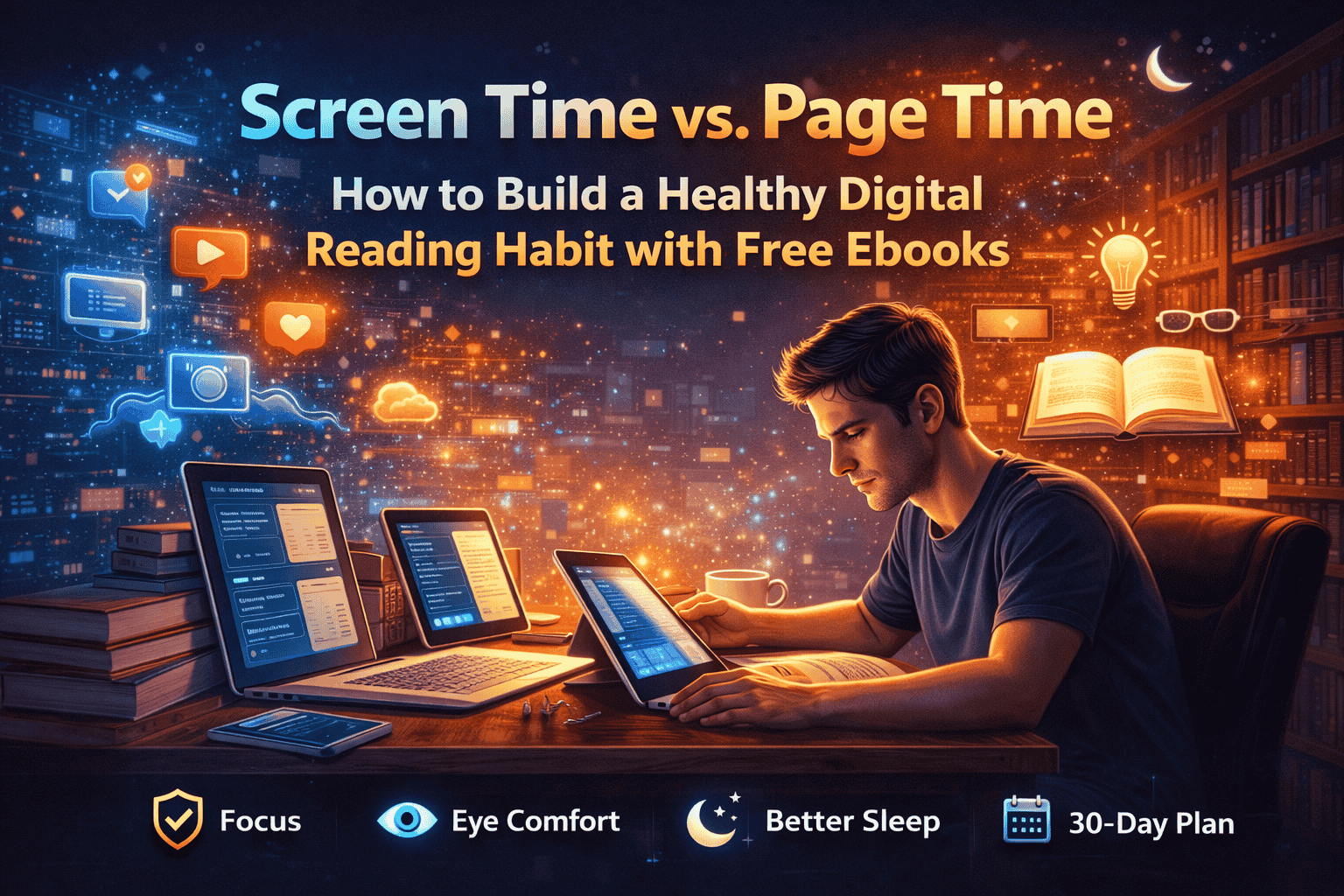The Maturation of 6G Networks
Let’s be honest—just when we’ve gotten used to 5G, there’s already buzz about 6G. For many people, it sounds like the tech world is just adding another "G" to keep us on our toes. But believe me, 6G isn’t just a faster version of 5G. It’s an evolution that could reshape how we experience technology, from smart homes and flying cars to healthcare, education, and beyond.
At junkybooks, we always geek out over groundbreaking innovation, and 6G is no exception. So, let’s dive deep into what 6G is all about, where it’s headed, and why it matters more than you might think.
What Exactly Is 6G?
If 5G gave us ultra-fast streaming, reduced latency, and empowered the Internet of Things (IoT), then 6G is the leap into a hyper-connected, intelligent world. We're talking speeds up to 1 terabit per second, nearly 100 times faster than 5G. But it’s not just about speed—6G is poised to blend AI, blockchain, quantum computing, and edge computing into one seamless, supercharged network.
It’s like the Marvel Cinematic Universe of technology—bringing every superhero (read: tech innovation) together for one mega-mission: transforming the world.
The 6G Timeline: Where Are We Now?
Unlike 5G, which is still rolling out globally, 6G is in the research and development phase. Major tech powerhouses like Samsung, Nokia, Huawei, and Ericsson are pouring resources into building the next-gen network. Countries like South Korea, the U.S., China, and Japan have set their sights on 6G leadership.
The timeline looks something like this:
-
2020–2025: R&D, early testbeds, academic exploration.
-
2025–2028: Prototypes, regulatory frameworks, and initial industry use-cases.
-
2028–2030: Commercial deployment and global rollout.
So, while you won’t be downloading a 4K movie in one second just yet, the foundation is being laid—and fast.
From Personal Experience: When 5G Felt Like Magic
I remember the first time I streamed a 4K video on my phone using 5G. It felt like sorcery. No buffering, no lag, just crisp, real-time content. I stood there on a sidewalk in Lagos, Nigeria, streaming a YouTube live session in full resolution without Wi-Fi. It was surreal.
But even then, I could sense limitations—especially in crowded areas or while commuting. If 5G can feel magical, imagine what 6G will feel like. We’re heading toward a future where technology anticipates our needs before we even express them.
How 6G Will Change the Game
Here’s where things get futuristic, fun, and a little sci-fi. These are some real-world applications and innovations expected from 6G:
1. Holographic Communication
Forget Zoom calls. With 6G, holograms might become our new normal. Imagine chatting with a life-sized 3D projection of your friend or coworker—just like Star Wars. Thanks to ultra-low latency and sky-high bandwidth, 6G could bring us one step closer to true “presence” in communication.
2. Fully Immersive XR (Extended Reality)
VR and AR are cool, but they’re still clunky and limited. 6G will enable real-time, fully immersive experiences. That means walking through a museum in Paris while sitting on your couch in Nairobi, or attending a live concert in Seoul with sound and visuals so sharp it feels real.
3. Smart Cities That Think for Themselves
6G will be the nervous system for smart cities. With faster communication between sensors, traffic lights, buildings, and vehicles, cities can run smoother—optimizing traffic flow, improving safety, and reducing emissions.
4. Healthcare from a Distance
Telemedicine will evolve into telepresence medicine. Picture a world where a surgeon in New York operates on a patient in Cape Town via robotic arms in real time, with no lag. 6G could make this not just possible but commonplace.
The Backbone: AI and 6G Go Hand-in-Hand
One of the standout features of 6G is its native integration of artificial intelligence. While AI currently runs on cloud-based data centers, 6G will push AI to the network edge. That means your devices won’t need to "phone home" to the cloud—they’ll think for themselves.
This “edge intelligence” will lead to faster, smarter, and more private experiences. Think self-driving cars making decisions locally without relying on cloud servers, or wearable health monitors that can predict seizures or heart attacks before they happen.
The Role of Satellite Internet and Space-Based 6G
Space is no longer the final frontier—it's the next network node.
Companies like SpaceX and OneWeb are already launching low-earth-orbit (LEO) satellites to provide global broadband. With 6G, we’ll see space-based internet integrated into the main network fabric. This means true global connectivity, even in the remotest parts of the world.
I have family living in a rural town where internet access still feels like dial-up. Imagine what it would mean for people in underserved areas to connect at lightning-fast speeds thanks to a web of satellites above their heads.
Privacy and Security in the 6G Era
More connected devices mean more data—and with that comes a whole new set of privacy challenges. But 6G is being built with security in mind from the ground up.
Expect innovations like:
-
Quantum encryption to prevent cyberattacks.
-
Decentralized identity systems to give you more control over your personal data.
-
AI-driven threat detection that can stop intrusions before they happen.
Still, it’s going to be an arms race between developers and hackers. The responsibility won’t just be on tech companies, but also on governments, regulators, and yes—users like us.
Challenges on the Road to 6G
Now, let’s not pretend 6G will arrive without obstacles. Some major hurdles include:
-
Energy Consumption: 6G tech could be power-hungry, so researchers are working on energy-efficient protocols.
-
Cost of Deployment: Infrastructure will need to be rebuilt or upgraded on a massive scale. That’s no small task.
-
Global Cooperation: Countries need to agree on spectrum standards, security protocols, and regulatory frameworks.
-
Digital Divide: If we’re not careful, 6G could widen the gap between tech-rich and tech-poor regions.
But every great innovation has faced hurdles. The key lies in collaboration, creativity, and inclusive policies.
6G and the World of Work
As someone who writes for junkybooks, I spend a lot of time online—researching, writing, attending virtual meetings, and collaborating with creatives around the world. With 6G, the very concept of work will shift.
Picture this:
-
Remote teams operating in immersive virtual workspaces.
-
Instant file transfers regardless of size or format.
-
AI co-pilots offering real-time suggestions while you type (yes, even cooler than what we have now!).
We’re talking about a world where digital nomads aren’t just sitting at cafes with laptops—they’re wearing smart glasses, building apps in 3D space, or attending virtual brainstorming sessions in full-body avatars.
What Can You Do to Prepare?
Even though 6G isn’t here yet, you can stay ahead of the curve:
-
Stay Informed: Read tech blogs, follow 6G conferences, and explore journals.
-
Upskill: Learn about AI, XR, blockchain, and cybersecurity—these will be cornerstones of the 6G future.
-
Get Involved: Join tech forums, contribute to open-source projects, or attend virtual hackathons. Community engagement matters.
-
Invest Wisely: If you're financially inclined, keep an eye on 6G-related stocks and startups—early bets can pay off big.
Final Thoughts: A New Era, A New Possibility
The maturation of 6G networks won’t just change how we use our devices—it will redefine how we interact with the world.
We’re entering an era where technology feels less like a tool and more like an extension of ourselves. It will anticipate our needs, adapt to our preferences, and help solve problems we didn’t know we had.
Sure, the road ahead is complex, and there will be bumps. But if the past 20 years of tech evolution have taught us anything, it’s this:
We don’t just adapt—we innovate.
So whether you’re a student, entrepreneur, coder, or just a tech-lover like us at junkybooks, the future is something to be excited about. 6G isn’t science fiction. It’s science becoming reality—and it’s closer than we think.







